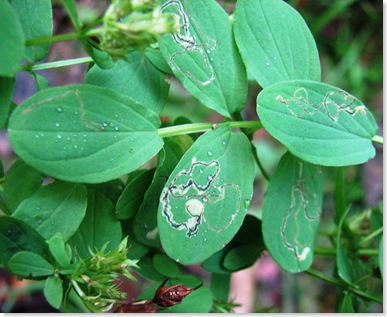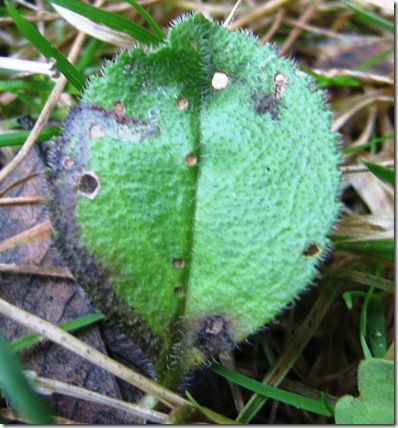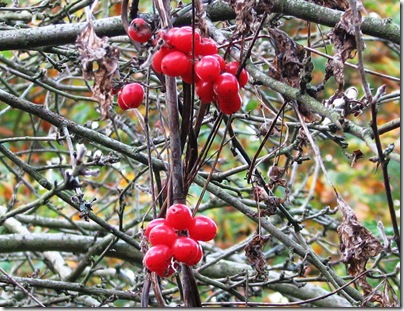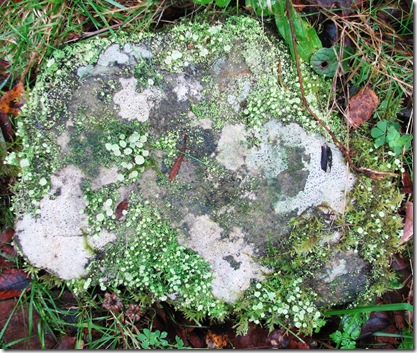Despite the now decidedly autumnal weather, there is still plenty to enjoy in Emthree. After a bit of sifting among dead leaves and general detritus, I found a few fallen box leaves colonised by the microfungus Sesquicillium buxi, a whitish powdering on the underside of the leaf:
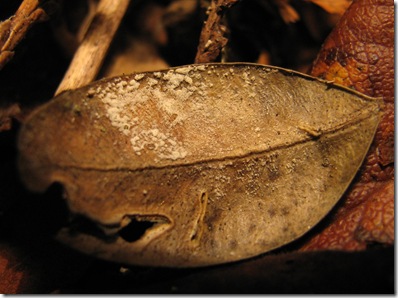 So far as I know, this has not been recorded from Sussex before. Though it is probably quite common where box trees grow, I supposed it does not quite have the charisma of a snow leopard (though I fancy I can see an image of a snow leopard in the pattern). Is it of equal worth I wonder?
So far as I know, this has not been recorded from Sussex before. Though it is probably quite common where box trees grow, I supposed it does not quite have the charisma of a snow leopard (though I fancy I can see an image of a snow leopard in the pattern). Is it of equal worth I wonder?
 The ash tree in Emthree, now nearly seven years old, has been bitten off again about half a metre from the ground. It seems quite high for a rabbit and not very appetising, so I suspect it might have been one of the visiting deer. I am sure the plant will recover.
The ash tree in Emthree, now nearly seven years old, has been bitten off again about half a metre from the ground. It seems quite high for a rabbit and not very appetising, so I suspect it might have been one of the visiting deer. I am sure the plant will recover.
The St. John's Wort plants have many mines of the tiny hypericum pigmy moth (Ectoedemia septembrella). It seems quite common in Emthree, and practically every leaf in the picture below appears to occupied.
Although it has turned quite cold and grey, there is still plenty to stimulate the imagination and I cannot agree with Thomas Hood:
No warmth, no cheerfulness, no healthful ease,
No comfortable feel in any member--
No shade, no shine, no butterflies, no bees,
No fruits, no flowers, no leaves, no birds,
November!
I am warm and cheerful; at least some of my members are comfortable; insect life is at a low ebb but there are plenty of fruits, birds and even a few flowers.
